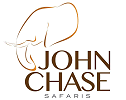Destinations
Location
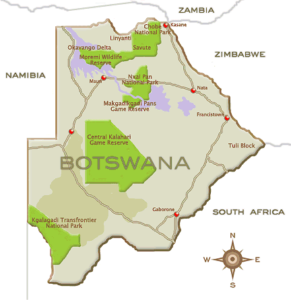
Botswana is home to an incredibly diverse environment hosting a wide variety of Africa’s biggest and smallest fauna and flora. John Chase Safaris is a mobile adventure through multiple destinations in Botswana, seamlessly sewn together by the experts.
Itineraries include mobile camping or lodging in Moremi Game Reserve, Central Kalahari Game Reserve, Makgadikgadi Pans National Park, Nxai Pan National Park, and Chobe National Park.
The Okavango Delta
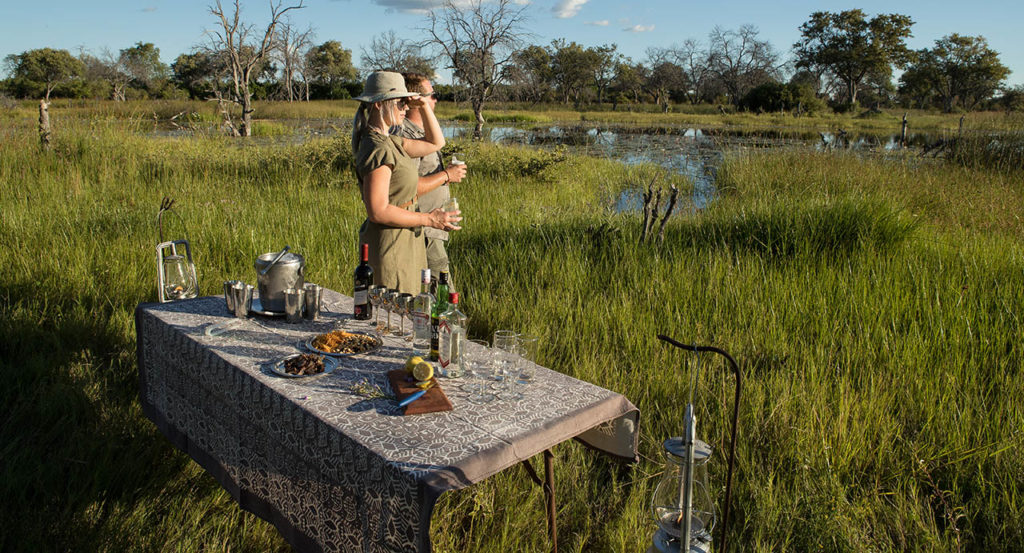
One of the most sought-after wilderness destinations in the world, theOkavango Delta gives entrance to the spectacle of wild Africa such as dreams are made of – the heart-stopping excitement of big game viewing, the supreme tranquility and serenity of an untouched delta, and evocative scenes of extraordinary natural beauty.
A journey to the Okavango Delta – deep into Africa’s untouched interior – is like no other. Moving from wetland to dry land – traversing the meandering palm and papyrus fringed waterways, passing palm-fringed islands, and thick woodland, resplendent with lush vegetation, and rich in wildlife – reveals the many facets of this unique ecosystem, the largest intact inland delta in the world.
The Okavango Delta is situated deep within the Kalahari Basin, and is often referred to as the ‘jewel’ of the Kalahari. That the Okavango exists at all – deep within this thirst land – seems remarkable. Shaped like a fan, the Delta is fed by the Okavango River, the third largest in southern Africa. It has been steadily developed over the millennia by millions of tonnes of sand carried down the river from Angola.
Savute– Chobe National Park
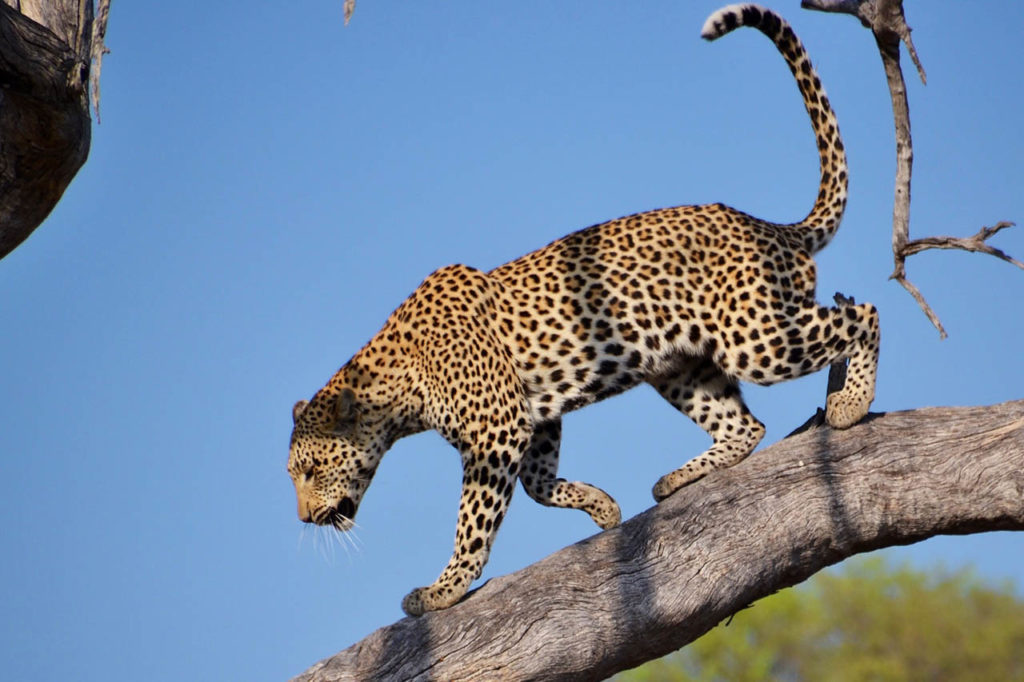
Truly at the interior of the park, Savuté boasts most of the Chobe species, except for water-loving antelope. It is best known for its predators, particularly lion, cheetah and hyena, of which there are large resident populations.
The Savuté channel flows from the Linyanti River for about 100 kilometres, carrying water away from the river and releasing it into a vast swampland called the Savuté Marsh, and further south onto the Mababe Depression, which is also fed by the Ngwezumba River from the northeast. The Mababe – immense and flat and fringed by thickets of trees – was once part of the Makgadikgadi super-lake. When filled with water, it becomes the venue for thousands of migratory birds and animals, particularly large herds of Zebra.
Geographically, Savuté is an area of many curiosities. One of its greatest mysteries is the Savuté channel itself, which has over the past 100 year inexplicably dried up and recommenced its flow several times. This irregular water flow explains the numerous dead trees that line the channel, for they have germinated and grown when the channel was dry and drowned when the channel flowed again.
Chobe area – Chobe National Park
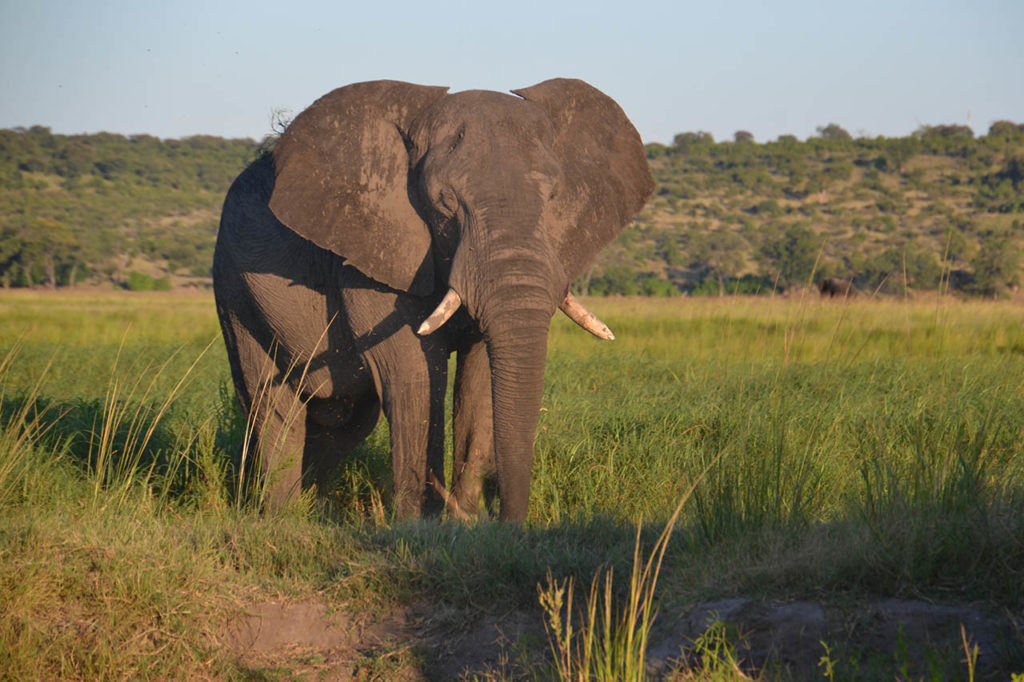
Whether arriving by air or road, the first glimpse of the river – deep and dazzling in the sandy terrain – is always breathtaking. It appears as a swathe of brilliant, peacock blue ribbon, winding its way through the tiny town of Kasane, and ensuing wilderness – the Chobe National Park.
Undoubtedly one of Africa’s most beautiful rivers, the Chobe supports a concentration of wildlife unparallel to anywhere else in the country. Chobe is home to the largest population ofAfrican Elephants in Africa.
The most accessible and frequently visited of Botswana’s big game country, the Chobe Riverfront is most famous for its large herds of elephants and capeBuffalo, which during the dry winter months converge upon the river to drink.During this season, on an afternoon game drive, you may see hundreds of elephants at one time.
While on a game drive you may see up to 15 different species of animals on any one game drive, including waterbuck, lechwe, puku (this is the only part ofBotswana where they can be seen), giraffe, kudu, roan and sable, impala, warthog, bushbuck, monkeys and baboons, along with the accompanying predators lion, leopard, hyena and jackal.
Central Kalahari Game Reserve:
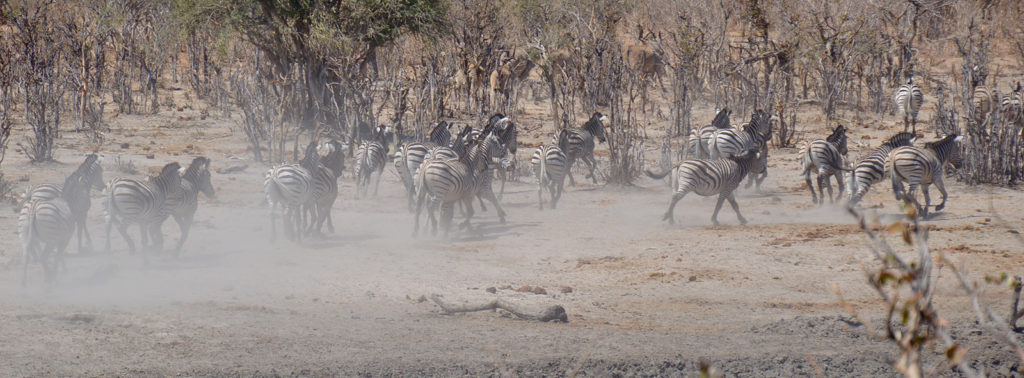
Nothing prepares you for the immensity of this reserve, nor its wild, mysterious beauty. There is the immediate impression of unending space and the feeling of having the entire reserve to yourself.
Waist-high golden grasses, punctuated by dwarfed trees and scrub bushes. Wide and empty pans appear as vast white stretches of saucer-flat earth, meeting a soft, blue-white sky. At night the stars utterly dominate the land; their brilliance and immediacy are totally arresting.
The Central Kalahari game Reserve(CKGR) is the largest, most remotely situated reserve in Southern Africa, and the second largest wildlife reserve in the world, encompassing 52 800sq kms.
During and shortly after good summer rains, the flat grasslands of the reserve’s northern reaches teem with wildlife, which gather at the best grazing areas. These include large herds of springbok and gemsbok, as well as wildebeest, hartebeest, eland and giraffe.This Reserve is mostly a green season area.
Makgadigadi National Park
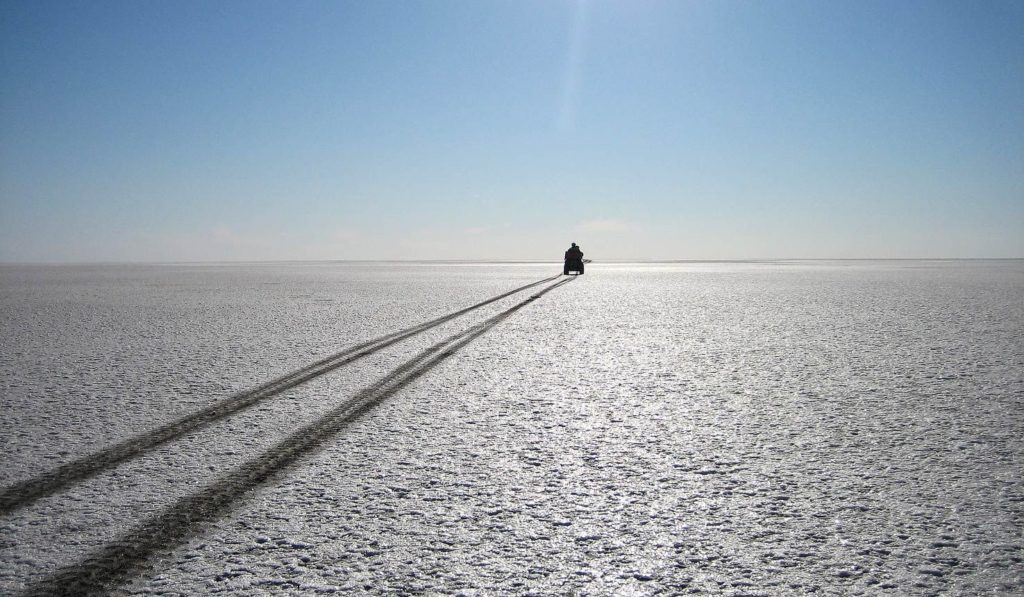
Imagine – if you will – an area the size of Portugal, largely uninhabited by humans. Its stark, flat, featureless terrain stretches – it would seem – to eternity, meeting and fusing with amilky-blue horizon. This is the Makgadikgadi – an area of 12 000sq kms, part of the Kalahari Basin, yet unique to it – one of the largest salt pans in the world.
For much of the year, most of this desolate area remains waterless and extremely arid; and large mammals are thus absent. But during and following years of good rain, the two largest pans –Sowa to the east and Ntwetwe to the west – flood, attracting wildlife – Zebra and Wildebeest on the grassy plains – and most spectacularly flamingos.Flamingo numbers can run into the tens – and sometimes – hundreds of thousands, and the spectacle can be completely overwhelming.
During this time, the pans can be transformed into a powder blue lake, the waters gently lapping the shorelines, and flowing over the pebble beaches – a clear indication of the gigantic, prehistoric lake the Makgadikgadi once was. Research suggests that the Makgadikgadi is a relic of what was once one of the biggest inland lakes Africa has ever had.
No vegetation can grow on the salty surface of the pans, but the fringes are covered with grasslands. Massive baobab trees populate some fringe areas.
Linyanti, Selinda and Kwando
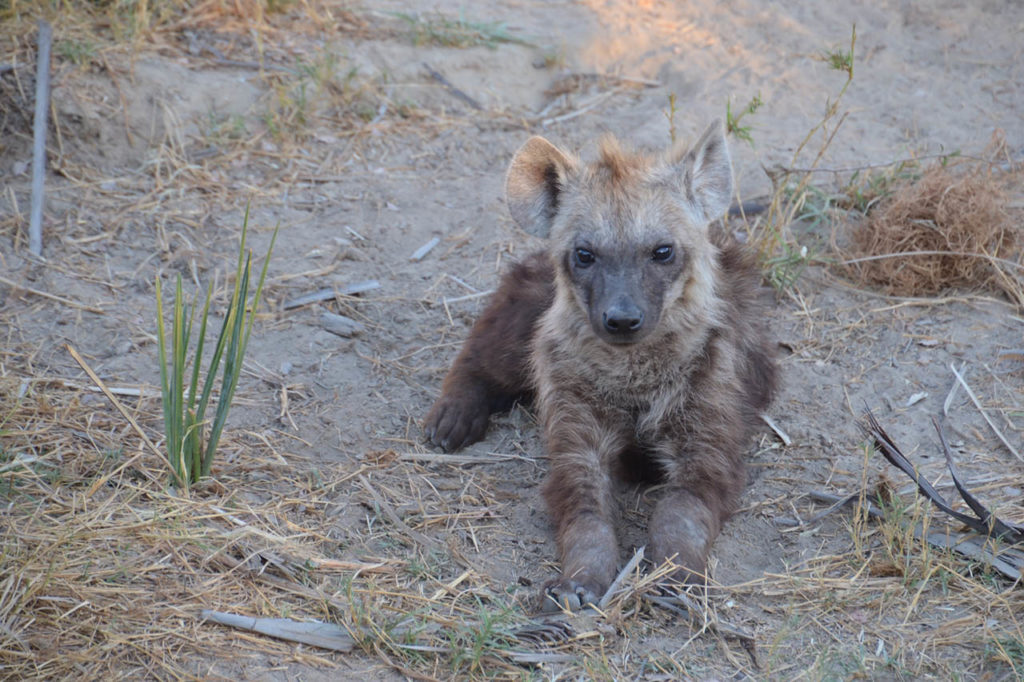
At the extreme northern reaches of Botswana – the Caprivi just on the other side – lie three of the most splendid, wild and secluded destinations the country has to offer.
Sandwiched between the Chobe National Park to the east and the Okavango south, the extensive Kwando, Selinda and Linyanti concessions offer superb wildlife viewing – and terrain to rival the physical beauty of the Okavango.
And no wonder – both share geographical similarities. Like the Okavango River, the Kwando River flows south from Angola across the Caprivi Strip and into Botswana. Like the Okavango, it slowly fills the Linyanti Swamps. The outflow from the Swamps then fills the Linyanti River, which courses east into the Chobe River.
The swamps that fan out from the rivers carry the same magnificent natural history as the Okavango – picturesque channels, lagoons, papyrus stands and reedbeds. Riparian forest lines the waterways, giving rise to magnificent, towering trees. During the dry season the permanent waters of both the Kwando and Linyanti Rivers serve as important migration points for wildlife from much of northern Botswana – including large herds of buffalo and elephant, wildebeest and zebra.
Virtually all naturally occurring antelope and predators can be seen in these concessions, these include waterbuck, reedbuck, giraffe, impala, kudu, and with any luck the rare and shy sitatunga, and accompanying lion, hyena, leopard, cheetah, jackal, serval and caracal.
Khwai Concession

The Khwai Concession is a game-rich 180,000 ha gem on the fringes of the Okavango Delta – sandwiched between Moremi Game Reserve and Chobe National Park. This is one of the best places inBotswana to see wild dogs and other predators and, with no fences separating Khwai from its larger and better-known neighbours, you are likely to see just about everything that northern Botswana has to offer.
The Khwai River flows through the concession and in places spreads out to form marshy areas and in others is a mere narrow channel that animals step across as they migrate between Moremi and the Linyanti section of Chobe National Park, via Khwai. The water channels have good populations of hippos, crocodiles, waterbuck and lechwe, and the drywoodlands away from the river host good populations of sable and roanantelopes, zebras, impalas, giraffes, buffaloes and many other species. As is the case with most of northern Botswana, elephants can be found everywhere, and lions, leopards and hyenas are commonly seen. Wild dogs often den in the area during the winter months and can then be seen with pups.
Khwai is a good story for community empowerment as the entire concession is owned by the local community, who earn all revenue. Khwai Village is a small dusty town in the concession – well worth visiting if you are in the area and want to get a feel for local culture.
Khwai Concession also has a private Reserve – a leased concession area with privately owned and managed lodges. This offers exclusivity and excellent accommodation and game viewing options.
